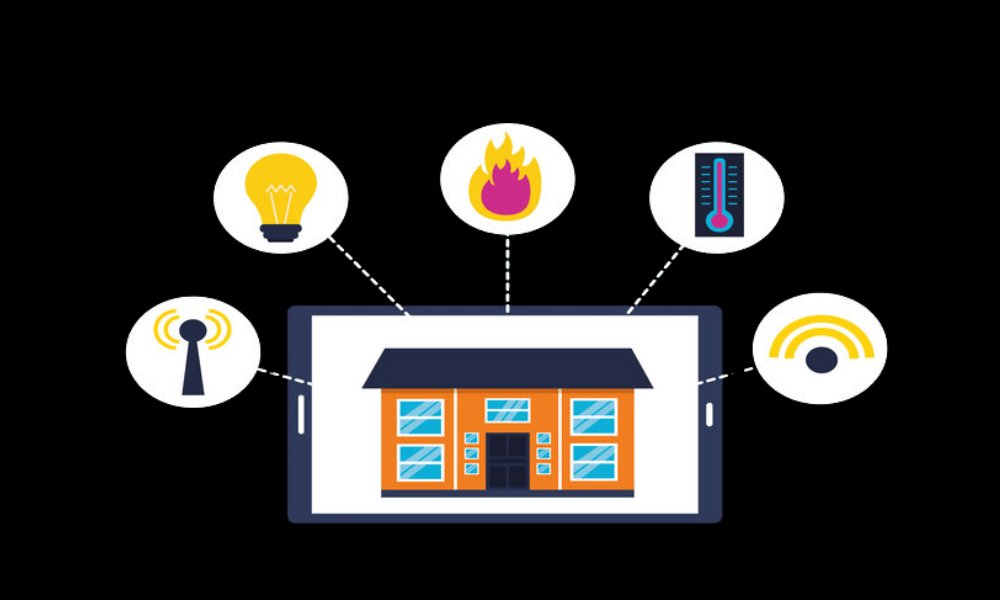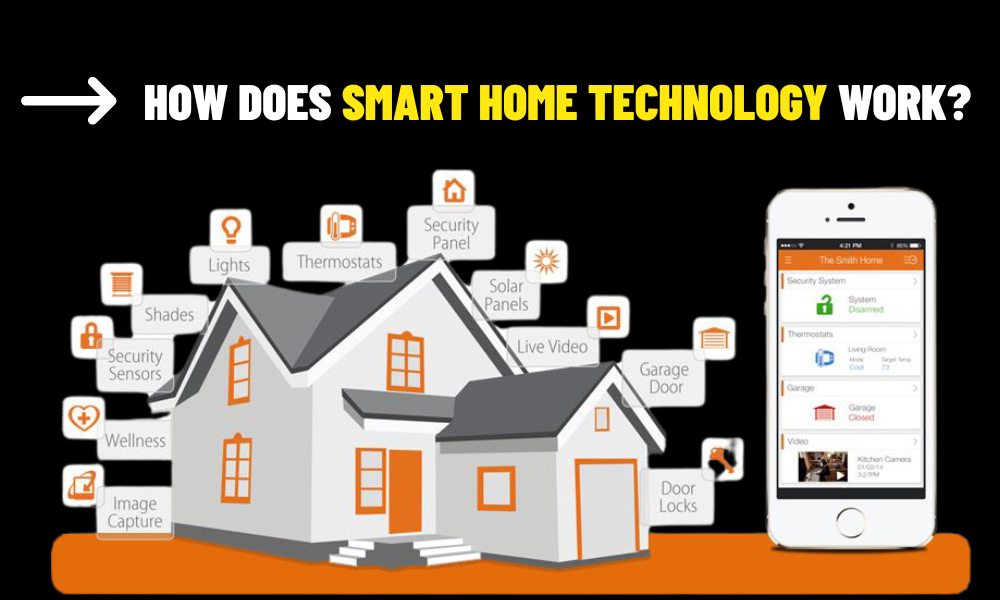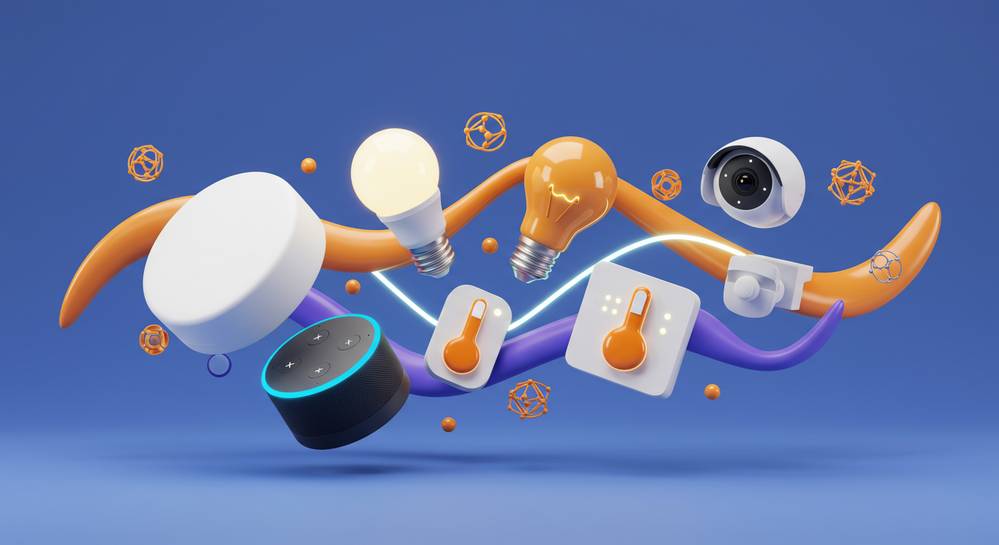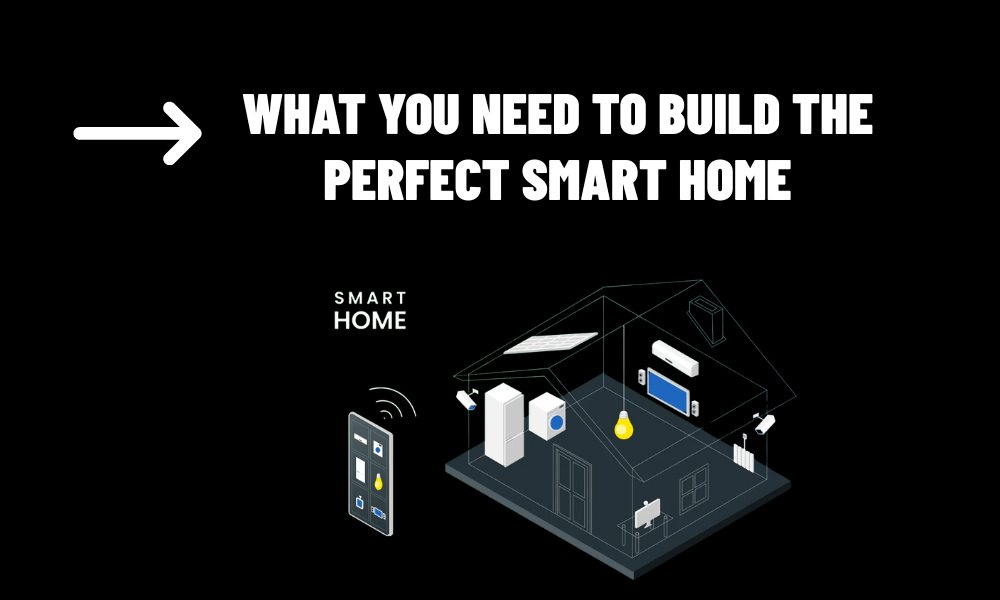Contents
What is Smart Home IoT?
The Internet of Things (IoT) has been one of the most transformative technological trends of the past decade. From connected devices that make our daily tasks easier to entire systems that learn our habits, IoT is reshaping how we live, work, and interact with the world. When applied to the home, this concept becomes Smart Home IoT.
But what exactly does that mean? In simple terms, Smart Home IoT refers to the network of interconnected devices in your home that communicate with each other through the internet, enabling you to control and automate various aspects of your home, all from a single interface. It is about creating a smarter, more efficient, and more convenient living space, where devices can talk to each other, adapt to your needs, and be controlled remotely.
Let’s dive deeper into how Smart Home IoT works, what it includes, and the benefits it brings to your everyday life.
How Does Smart Home IoT Work?
Smart Home IoT operates by connecting a range of smart devices, each embedded with sensors, software, and other technologies that allow them to collect data, communicate, and make decisions. The magic happens when these devices are integrated into a single system that can be controlled and monitored from one central point.
Key Elements of Smart Home IoT:
Devices: These are the “things” in the Internet of Things. Common smart home devices include:
- Smart thermostats (e.g., Nest, Ecobee) to control heating and cooling.
- Smart lighting (e.g., Philips Hue, LIFX) to adjust the brightness and color of lights.
- Smart security systems (e.g., Ring doorbell, Arlo cameras) to monitor your home.
- Smart locks (e.g., August, Schlage) for keyless entry.
- Smart appliances (e.g., refrigerators, washing machines) that provide notifications and control over the internet.
- Voice assistants (e.g., Amazon Alexa, Google Assistant) for hands-free control.
Connectivity: The devices need to communicate with each other, and this is where wireless communication protocols like Wi-Fi, Bluetooth, Z-Wave, and Zigbee come into play. They connect your devices to the internet and allow them to send and receive data. For example, your smart thermostat can connect to your smartphone via Wi-Fi, enabling remote control.
Cloud Computing: The cloud acts as a storage and processing center where data is stored and analyzed. Many smart devices don’t just perform tasks in isolation—they send data to the cloud, where it’s processed to make smarter decisions. For instance, a security camera may recognize patterns or unusual activity and send a notification to your phone.
Centralized Control: Most smart homes use a central hub or platform, either through a smartphone app or a voice assistant, to manage and control all the connected devices. For example, Amazon Alexa, Google Assistant, and Apple HomeKit serve as these control hubs, allowing you to monitor and manage everything from a single interface.

What Does Smart Home IoT Enable?
Smart Home IoT provides a range of capabilities that make homes more intelligent, efficient, and secure. Here’s how it can enhance your living experience:
Remote Control:
Control your lights, thermostat, locks, and security systems from anywhere using your smartphone.
You can turn on your porch light before arriving home or check if you left the oven on while at work.
Automation and Scheduling:
Set up routines so devices operate automatically based on time, motion, or other triggers.
For example, you could program your lights to turn on at sunset or your thermostat to lower when you leave for the day.
Voice Command Integration:
With voice assistants like Alexa, Google Assistant, and Siri, you can control your smart devices hands-free.
For instance, just say “Hey Google, turn off the lights” or “Alexa, lock the front door,” and your devices will respond immediately.
Energy Efficiency:
Smart thermostats and lighting systems can adjust according to your behavior, reducing energy consumption and lowering utility bills.
Smart devices can also notify you about inefficiencies or suggest ways to save energy.
Enhanced Security:
Smart security devices such as cameras, motion sensors, and doorbell cameras provide real-time alerts and video feeds, giving you peace of mind when you’re away from home.
You can remotely lock or unlock doors, and monitor live footage directly from your phone.
Health and Comfort:
Devices like smart air purifiers and humidifiers can automatically adjust to create a more comfortable living environment. Smart lighting can also create the perfect ambiance by adjusting the color temperature to suit your mood.
Benefits of Smart Home IoT
Convenience: One of the main advantages of Smart Home IoT is convenience. From controlling your home’s temperature to monitoring security cameras, you can manage your entire home from the palm of your hand, no matter where you are.
Energy Savings: With intelligent automation and the ability to adjust settings remotely, Smart Home IoT helps reduce energy waste. Smart thermostats alone can cut your energy bills by learning your preferences and adjusting heating and cooling systems accordingly.
Improved Security: With real-time alerts and remote monitoring, smart security devices help keep your home safe. You can see who’s at the door through a video doorbell, or get an instant notification if a window or door is opened while you’re away.
Personalization: The more your devices learn about your routines, the more personalized your home becomes. From adjusting the lighting based on your activity to controlling your thermostat for maximum comfort, Smart Home IoT provides a truly tailored experience.
Increased Control: With everything connected and manageable from a single platform, you gain full control over every device. Whether you’re adjusting settings manually or letting your home do the work for you, you have complete authority.
How Smart Home IoT is Shaping the Future
Smart Home IoT is not just a passing trend—it’s a paradigm shift in how we interact with our living spaces. As technology evolves, more and more everyday objects are becoming “smart.” In the future, it’s likely that even more devices will be connected to the internet, creating an even more integrated ecosystem where everything from your fridge to your coffee machine is responsive to your needs.
Additionally, artificial intelligence (AI) and machine learning (ML) are being integrated into smart home platforms, enabling them to learn your preferences, predict your needs, and make smarter decisions without your intervention. For example, a smart home might learn your work schedule and adjust the home’s temperature automatically based on when you’re expected to be home.
Is Smart Home IoT Right for You?
If you’re looking to upgrade your living space to be more efficient, convenient, and secure, Smart Home IoT is the way to go. With interconnected devices, intelligent automation, and remote control, Smart Home IoT transforms your home into a more personalized, comfortable, and safer environment.
The possibilities are virtually endless: whether it’s saving energy, improving security, or just making life more convenient, Smart Home IoT is making our homes smarter, one device at a time.
Are you ready to embrace the future of home automation? Your smart home is just a few clicks away!



